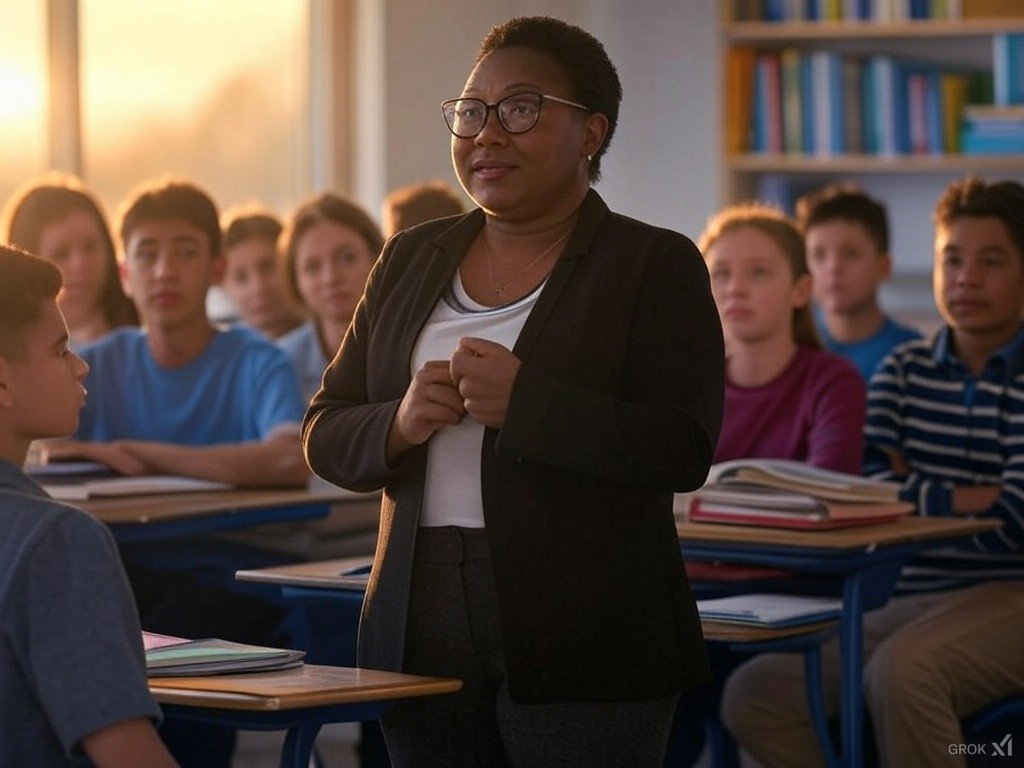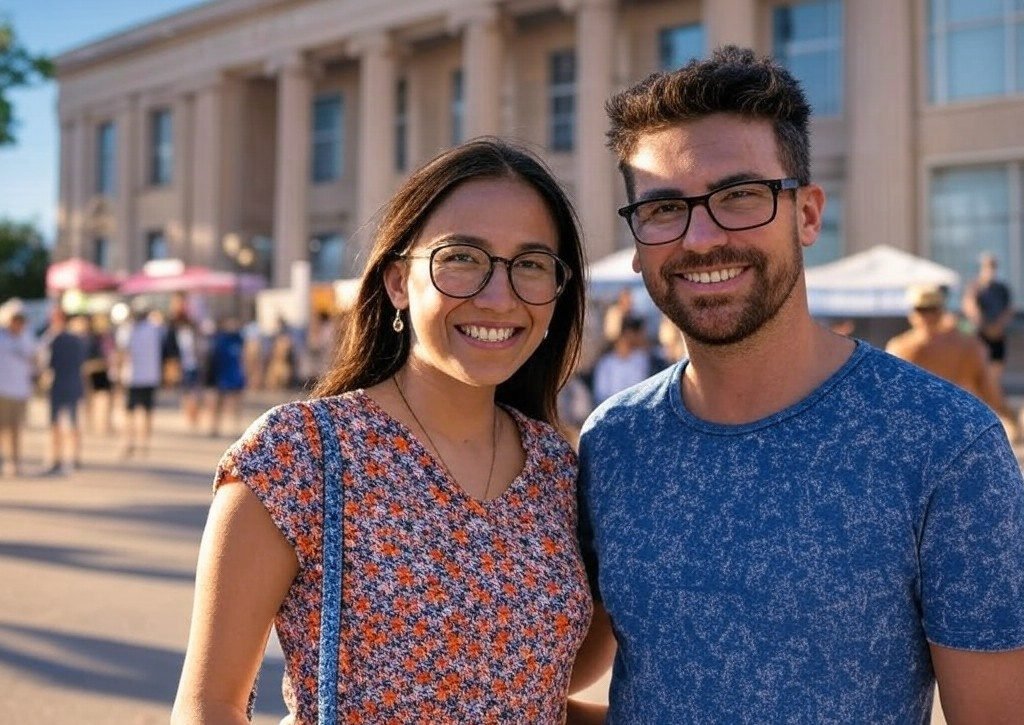Rebuilding Trust in the Classroom: A Journey Beyond Grades
Understanding the Cheating Crisis in Higher Education
The landscape of higher education has significantly evolved, especially in recent years. This evolution has brought with it challenges that educators must navigate, including an alarming increase in academic dishonesty. Just after returning from the Thanksgiving break, I found myself grappling with the fallout of yet another cheating incident in my general education course, filled mainly with first-year students. The classroom dynamic had shifted dramatically; what began as an engaging environment had morphed into a space where trust seemed to evaporate.
With a class size of 160, I was confronted by a concerning trend: students were frequently absent, distracted, and unengaged. Some students were caught watching movies or playing video games during class. Others expressed grievances over perceived unfair grading but failed to show up for discussions that could clarify their concerns. Even more troubling was the influx of AI-generated submissions that my teaching assistants were forced to sift through, raising questions about the integrity of the work being submitted. One student even resorted to photoshopping himself into a museum photo instead of visiting, a clear indication that something deeper was at play.
The pressing question loomed large: were my students cheating, utilizing AI, or simply unable to engage meaningfully with the material? Had I inadvertently contributed to a culture where shortcuts were more appealing than genuine learning?
The Crisis of Trust in Education
When I expressed to my students, “Folks, I just can’t trust you anymore,” it was not merely a reaction to cheating. This sentiment echoed a broader concern about the erosion of trust in our educational system—a system that, over time, seems to prioritize grades and transactions over authentic learning experiences.
Throughout the semester, we had explored the intricate relationship between culture, profit, and civic responsibility in Philadelphia. We analyzed various historical developments, from the expansion of universities to the deployment of public art as an anti-graffiti strategy. Each discussion revealed a nagging doubt: could we genuinely trust those in positions of power to prioritize the common good?
This question resonated deeply in the classroom. I found myself pondering whether my students viewed their education as a transaction—much like purchasing fries at a food truck, where the goal is to get as much as possible for the least effort expended. This transactional mindset seemed to extend to their approach to learning.
Experimenting with Engagement: The Choice of Paths
In a bid to reignite engagement and foster a sense of community, I decided to offer my students a choice: Path A or Path B. Choosing Path A would grant them full credit for the remaining assignments, provided they participated in a candid discussion about improving the course. Path B, on the other hand, allowed them to opt-out entirely and still receive the same points without any further obligation.
The nervous chatter that ensued indicated that my proposal had captured their attention. Some students left immediately, while others lingered, confirming the absence of a hidden catch. When the day concluded, nearly 50 students had chosen Path A, which filled me with hope.
However, this initial excitement was short-lived. When the discussion day arrived, only 40 students showed up, and of those, half left once they realized there would be no additional points to earn by staying. Ultimately, this meant that merely 15 percent of my students were willing to engage authentically without the immediate incentive of points—a stark revelation about the current state of student engagement in higher education.
Lessons Learned from Path A Students
Despite the disappointing turnout, I gleaned valuable insights from the Path A students. Firstly, I learned to temper my optimistic expectations. The students who chose to remain were not always the ones I anticipated. Surprisingly, less than a third of typically high-performing students participated, suggesting that those who genuinely wanted to engage were not always the ones who fit the traditional mold of “good” students.
One critical takeaway was the importance of making course content personal and immediate. Students expressed a strong dislike for professors who relied on outdated PowerPoint presentations and failed to connect with them on a personal level. The theme of silence emerged frequently during our discussions; many students were apprehensive about speaking up in front of peers they did not know or trust. This highlighted an essential connection between trust and communication that educators must address.
The Broader Implications for Higher Education
The issues at play in my classroom reflect a broader crisis in higher education—a crisis rooted in commodification, identity, and trust. As academic integrity continues to erode, it becomes crucial for educators to rethink their approach to teaching and learning. The reliance on grades as the primary motivator for student engagement has created a culture where learning is often secondary to earning points.
To rebuild trust in the classroom, educators must create environments that prioritize authenticity and foster open communication. This includes encouraging students to share their thoughts and concerns without fear of judgment. By finding ways to make learning relevant and engaging—while also addressing the underlying issues of trust—educators can begin to shift the narrative from one of transaction to one of collaboration.
Conclusion: A Call for Change in Education
The journey to rebuild trust in the classroom is not an easy one, nor is it a battle that can be won overnight. However, it is a journey worth undertaking. As educators, we must confront the reality that many students approach their education as a transactional experience, primarily motivated by grades rather than genuine learning.
Through thoughtful engagement, open dialogue, and a commitment to fostering a culture of trust and respect, we can create an environment where students are not just points on a ledger but active participants in their education. In doing so, we can inspire a generation of learners who see the value in knowledge beyond its immediate utility.
The story of my classroom is one of many, but it serves as a reminder that while challenges abound, the potential for change is always within reach. By embracing the lessons learned from both our students and our own experiences, we can work together to reshape the educational landscape for the better—one classroom at a time.





